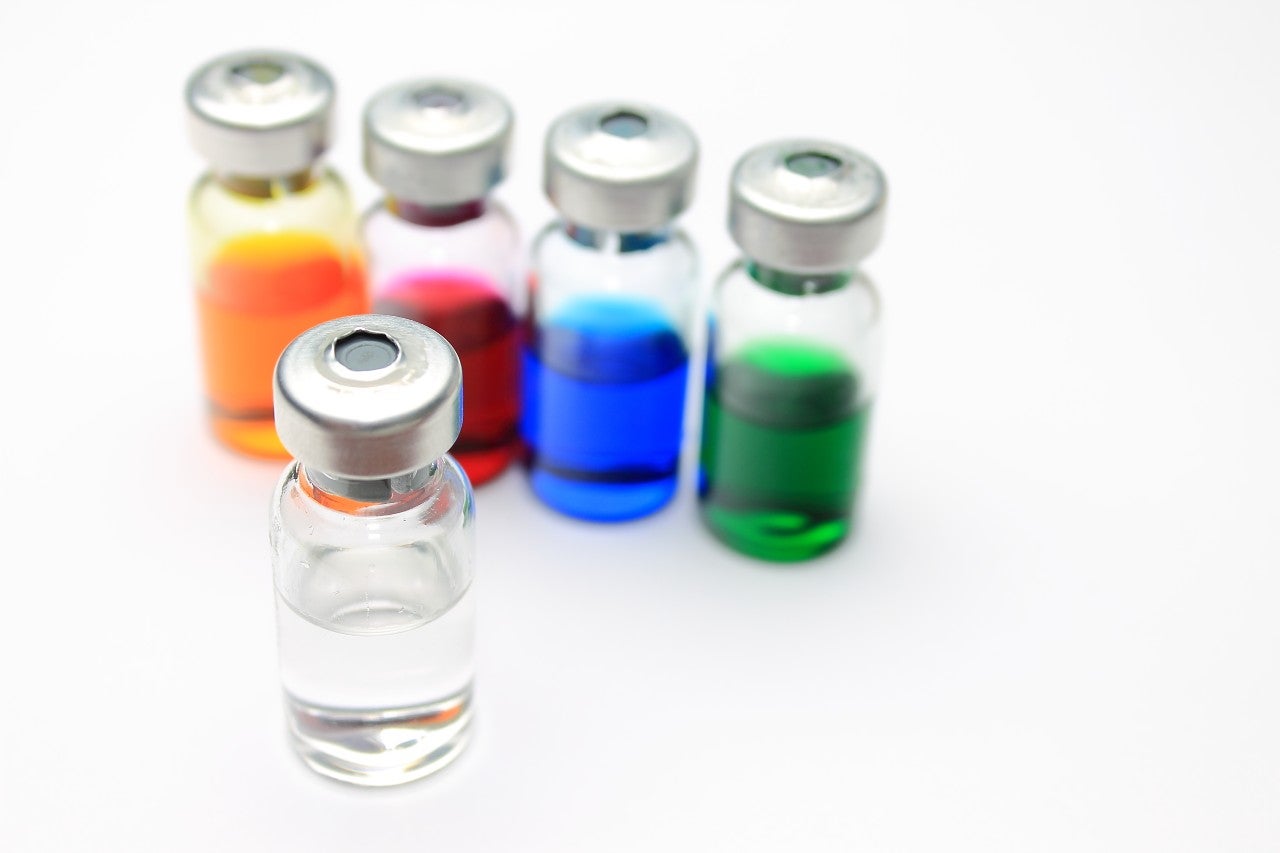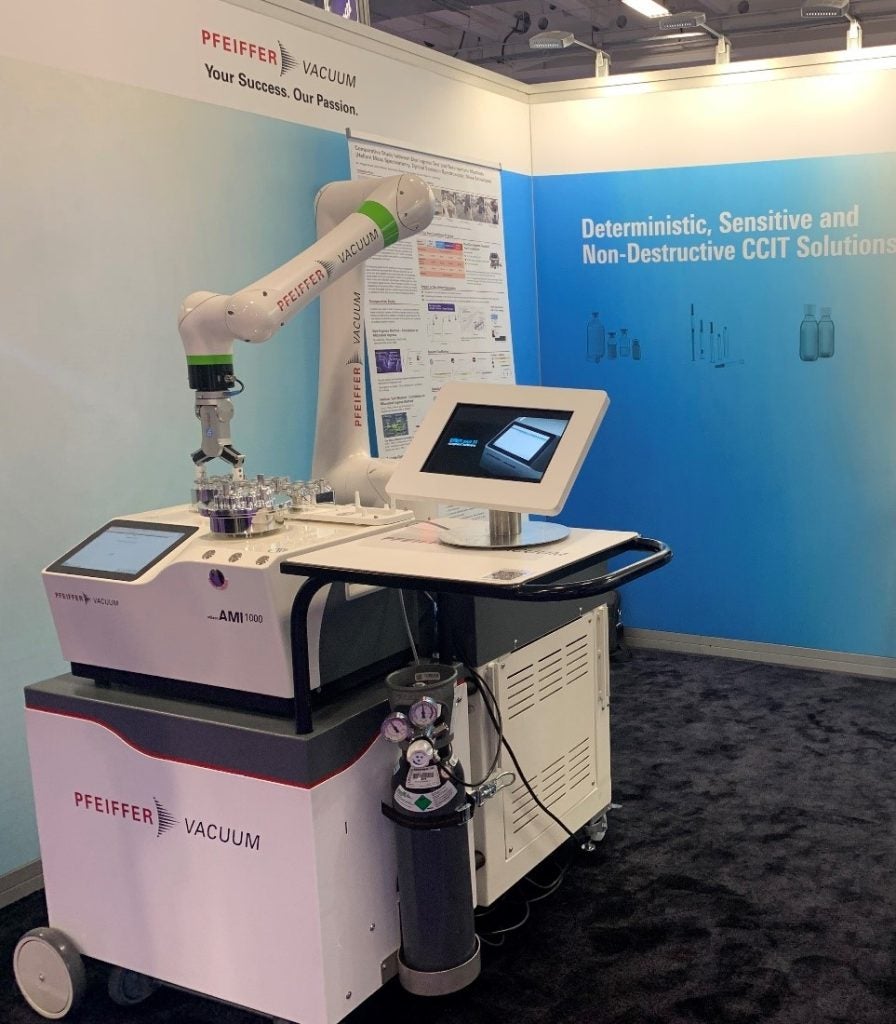
Container Closure Integrity Testing (CCIT) is used to evaluate the ability of a pharmaceutical’s primary packaging to protect the sterility of its contents. On a regular basis, pharmaceutical manufacturers are performing CCIT during commercial production to ensure that packaging processes are operating as they should.
Regulatory changes have motivated this shift, with the guidance placing a greater emphasis on the use of deterministic CCIT methods over the years. Revised in 2022, EU GMP Annex 1 currently represents the most thorough and up-to-date regulation on the manufacturing of sterile products. Annex 1 recommends that containers closed by fusion (e.g. ampoules) should be subject to 100% integrity testing. Containers closed by other means should be tested using “validated methods” and a “scientifically valid sampling plan.” For those, “the frequency of testing should be based on the knowledge and experience of the container and closure systems being used.”
This guidance has driven many pharmaceutical companies to revaluate their approach to CCIT. In-process control (IPC) tests are becoming more rigorous, with sample sizes expanding. According to Lukas Engel, market manager pharma CCIT at Pfeiffer Vacuum, companies are increasingly looking to perform high throughput testing with sophisticated, deterministic methods. “For a 100% test, you might need to test 400, 500, or 600 parts per minute,” he adds.
CCIT in serial production
Manufacturers commonly deploy visual inspection machines with cameras and X-rays on production lines. These systems are tuned to screen parts for dust, particles, and microcracks. But while they can operate at impressive speeds, they are often responsible for a high rate of false positives.
Furthermore, EU GMP Annex 1 explicitly states that visual inspection alone is “not considered as an acceptable integrity test method.” Visual inspection will continue to be a valuable tool for pharmaceutical manufacturers, but it must be followed by an accurate and reliable CCIT method.
Two commonly performed tests include pressure decay and vacuum decay, where samples are placed in a sealed chamber which is then pressurised or evacuated. Differential pressure is measured after a few seconds, and a leak in the container is detected by any change in pressure.
The major drawback of this method is that only one part can be tested in each chamber. To improve productivity, large-scale machines are deployed featuring up to 50 chambers arranged in a carousel. These are associated with greater maintenance requirements, have a higher footprint, and take up more manufacturing space.
Pressure and vacuum decay tests are typically capable of a detection limit of 10 microns. “It’s quite a high defect size because you want the test to be fast, and typically if you want to be fast, you lose sensitivity,” notes Engel.
But what if that didn’t have to be the case? According to Engel, the CCIT team at Pfeiffer Vacuum has a vision for a better approach to high-throughput integrity testing. This vision is driven by the company’s innovative Optical Emission Spectroscopy (OES) technology – a unique, non-destructive method for measuring the outflow of gas from leaky containers placed under vacuum.
High sensitivity meets high throughput
Optical Emission Spectroscopy uses a multi-gas sensor to independently track the different gases present inside the packaging container’s headspace. These include argon, nitrogen, and carbon dioxide. OES operates on a similar principle to helium leak testing looking for a gas escaping from the container through a defect but without requiring any specific tracer gas. Both are well-regarded in the R&D space as the most sensitive leak detection method.
“OES is a lot better in terms of sensitivity compared to conventional methods used in production,” says Engel. “The detection limit on a glass vial, for example, is down to 0.4 micron in 20 seconds.”
In addition, OES results do not depend on the free volume of the test chamber, enabling several samples to be tested simultaneously. “With OES, we have the option to test several parts in a chamber – five, 10, 15, potentially up to 100,” says Engel. “This allows us to increase the throughput significantly. Midterm, we are targeting 50 to 100 parts per minute.”
This means considerably higher throughputs can be reached from a more compact, lower-maintenance machine than previously available. By implementing more than one system into production lines, the dream of combining high-throughput testing with highly accurate, sensitive technology becomes a reality.
The Optical Emission Spectroscopy solution has been patented by Pfeiffer Vacuum and is now powering the company’s latest CCIT invention: the AMI 1000. Test sequences typically take 20 to 30 seconds. At batch closure, the CRF 21 Part 11-compliant software automatically produces reports, providing the necessary traceability in a GMP-regulated environment.
The AMI 1000’s test chamber can be designed according to the needs of any product format, from blister packs and IV bags to syringes, vials, and ampoules. In fact, high sensitivity tests can be performed on various types of non-porous containers whatever the size, geometry, material (transparent or opaque, conductive or insulating), and structure (rigid or flexible), making OES the most versatile CCIT method.
Taking OES to the next level
As part of the company’s vision for the industry’s implementation of OES, Pfeiffer Vacuum is investigating ways that products can be automatically loaded into the test chamber from the production line, removing the reliance on operators. “With robotics, what we can achieve is a move away from IPCs with operators, who manually put the part into the chamber, start the test, wait, take the part out, and then start again. This is not a good use of the operator’s time; they can be more useful doing other tests or procedures,” explains Engel. At Pharmapack Europe 2023 Pfeiffer Vacuum showcased a prototype integration of a pick and place robotic arm for loading and unloading the AMI 1000. In this particular configuration, a batch of ten 20ml vials were tested at a time, with detection limits achievable down to 0.4 microns.

“We are looking at a robot that starts the test, fills the chamber, closes the chamber etc., and runs 24/7,” says Engel. “Using this technology, we can increase the throughput by a lot. This can be a great option for the applications where space or budget is limited.”
With the requirements for integrity testing expected to increase even more in the future, an automated packaging line featuring Optical Emission Spectroscopy can help manufacturers deliver safe, sterile drugs to patients, reliably and efficiently.
To learn more about container closure integrity testing, download the whitepaper below.


